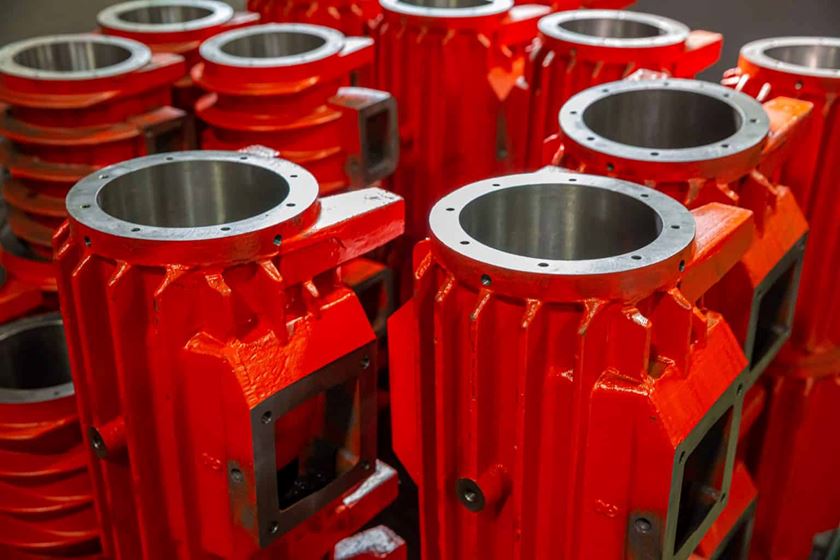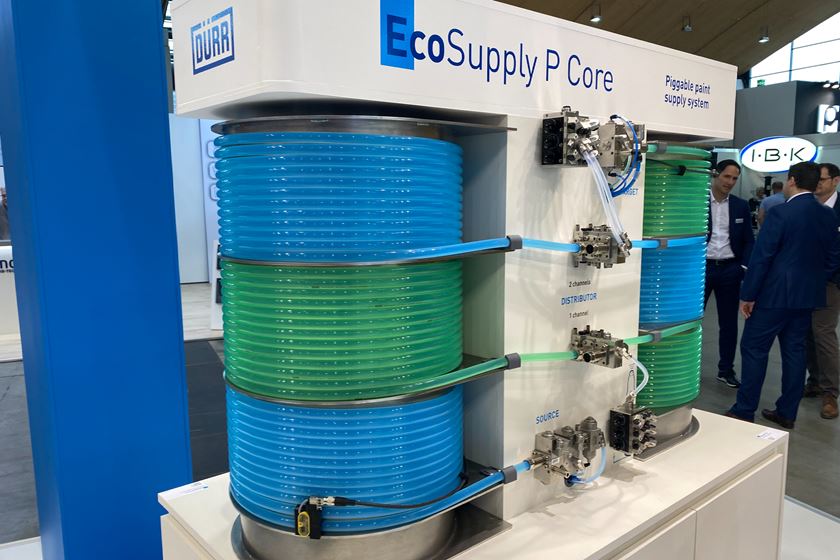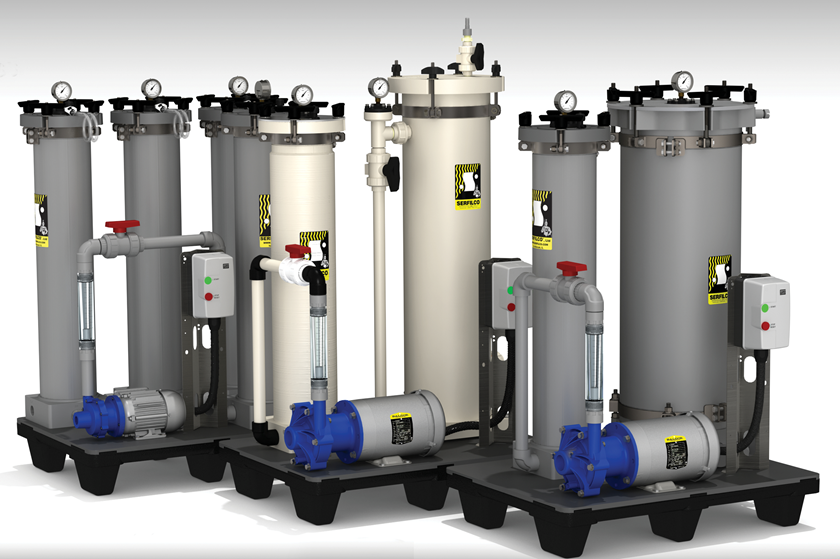Correction: Non-Electrolytically Applied Zinc Coat
My response in the February issue regarding General Motors specification GMW 3359 for non-electrolytically applied zinc-rich coatings was incorrect. Here is the correct answer.
#automotive
My response in the February issue regarding General Motors specification GMW 3359 for non-electrolytically applied zinc-rich coatings was incorrect. Here is the correct answer:
Using a non-electrolytic process greatly reduces problems associated with hydrogen embrittlement of steel components. This specification discusses the application of zinc-rich solvent or water-based coatings, typically using spray or dip-spin processes. The standard is available for a fee from engineers.ihs.com.
The dip-spin process is good for small parts and is conceptually simple. Parts are loaded into a suitable carrier, dipped into a solution and then spun at high speed to ensure that all of the components in the container are coated. The typical process sequence is: cleaning and pretreatment, coating application and oven curing, then a second coating and oven curing, if needed.
RELATED CONTENT
-
Electroless Nickel Plating Formulation For Automotive And Mechanical Parts
Electro less plating processes are considered to be much convenient, cheaper and best for deposition on parts with lot of holes, cleavages, bents, curves, abnormal shapes, threading etc., effectively and economically.
-
Corrosion Testing of Automotive Coatings
Exposure to road salts, UV radiation, heat, moisture and chipping from kicked-up road debris can quickly degrade an automotive coating system.
-
Evolving Automation in Automotive
A look at the latest liquid coating technologies for the automotive sector from leading robotics and surface finishing technology providers
















